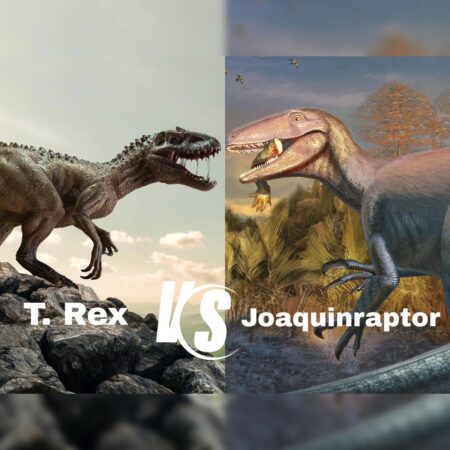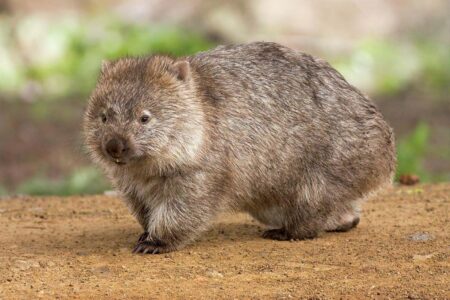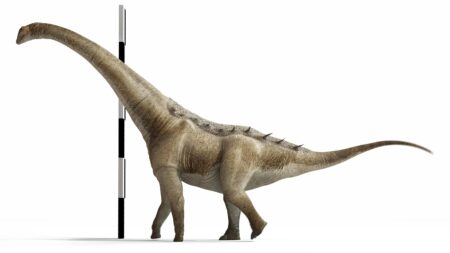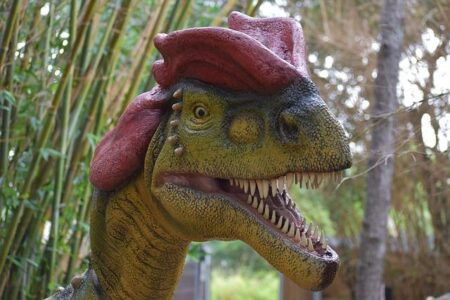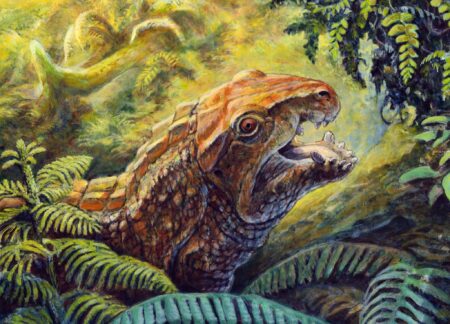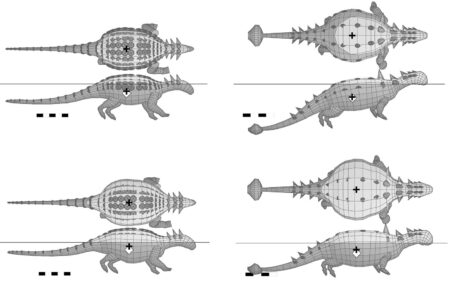Scientists have uncovered fossil evidence revealing that ancient crocodiles in Australia were skilled tree climbers. Nicknamed “drop crocs,” these fascinating reptiles unveil a surprising arboreal lifestyle that existed millions of years ago
Browsing: paleontology
A thrilling discovery from Argentina unveils a brand-new dinosaur species caught red-handed-with a crocodile bone firmly stuck in its mouth! This extraordinary snapshot of prehistoric predator-prey action offers an electrifying glimpse into the ancient ecosystems of the past
Researchers at Murdoch University have uncovered several astonishing new marsupial species found nowhere else but Australia-only to discover these remarkable creatures have already disappeared. This eye-opening revelation highlights the urgent need for stronger conservation efforts to protect our unique wildlife
Researchers in Argentina have unearthed an astounding 22-foot-long titanosaur, shedding light on the diverse giant dinosaurs that once roamed the Earth. This discovery adds valuable insight into the evolution and adaptability of these massive creatures.
Archaeologists in Spain have uncovered remains of an unknown human species, raising intriguing questions about human evolution. The discovery, found in a cave near Barcelona, suggests a previously uncharted chapter in our ancestral history. Further research is underway.
Recent findings suggest that during the “Great Dying,” the most catastrophic mass extinction in Earth’s history, an isolated region in China remarkably escaped the extensive biodiversity loss. This discovery sheds new light on survival during ecological crises.
A new titanosaur species has been discovered in Argentina, shedding light on the diverse lineage of these colossal dinosaurs. Researchers uncovered remarkable fossils that offer insights into their size, habitat, and evolutionary adaptations, enriching our understanding of prehistoric ecosystems.
Scientists have uncovered the oldest known impact crater in Australia, dating back over 2.2 billion years. Located in the Pilbara region, this discovery sheds light on Earth’s geological history and the impact of cosmic collisions on planetary evolution.
A remarkable discovery in Brazil has unveiled a new species of Triassic archosauriform, shedding light on the diversity of early reptiles. This find, crucial for understanding evolutionary history, highlights the significance of paleontological research in the region.
A remarkable discovery in Australia has unveiled two massive predators from the ‘upside down’ dinosaur age, dating back 120 million years. Fossils reveal insights into this unique period, suggesting diverse ecosystems and complex predatory behaviors.
Australian scientists have discovered a remarkable fossil of a “giant” dinosaur-era spider, providing new insights into prehistoric arachnids. The find, unearthed in the Queensland region, adds to our understanding of ancient ecosystems and their inhabitants.


